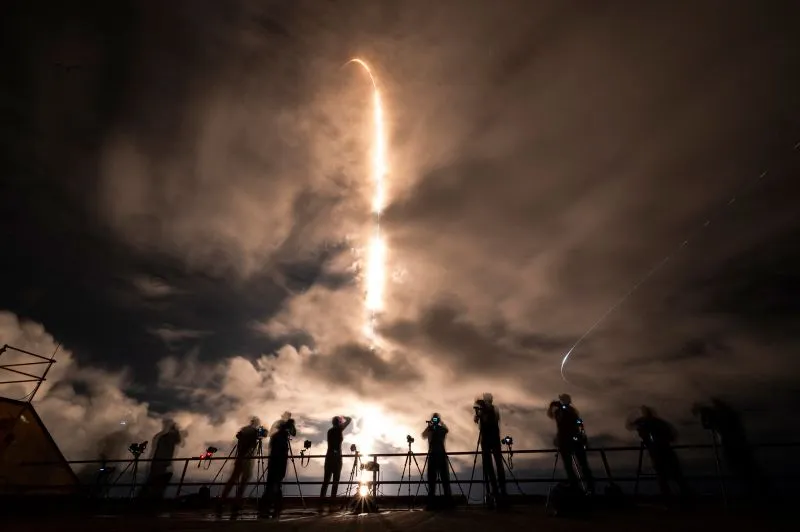SpaceX’s Polaris Dawn Mission: A New Era in Commercial Space Travel

Historic Achievement in Orbit
On Tuesday, SpaceX’s Polaris Dawn mission made history by launching a four-person crew into orbit, reaching a peak altitude of 1,400.7 kilometers (870 miles). This achievement surpasses the previous record set by NASA's Gemini 11 mission in 1966. The Polaris Dawn mission signifies a major milestone, as it marks the farthest any human has traveled since the final Apollo mission in 1972.
The First Commercial Spacewalk
As the Polaris Dawn team prepares for their groundbreaking endeavor, they will attempt the first commercial spacewalk during this five-day mission. Scheduled for Thursday, this event will see crew members Jared Isaacman and Sarah Gillis exposed to the vacuum of space as their Crew Dragon capsule undergoes depressurization.
Innovations in Space Suit Technology
- SpaceX has developed new Extravehicular Activity (EVA) suits in just 2.5 years, showcasing rapid advancements compared to NASA's decade-long attempts to update suits for the International Space Station.
- The Polaris Dawn crew’s pre-breathe process lasts about 45 hours, a method designed to mitigate the risks associated with decompression sickness.
Looking Ahead
As the mission unfolds, challenges remain, especially in safely closing the hatch of the Crew Dragon after the spacewalk. With experienced NASA advisors voicing concerns about the mission's risks, the Polaris Dawn crew's ability to succeed will not only pave the way for future commercial missions but also redefine our capabilities in human space exploration.
This article was prepared using information from open sources in accordance with the principles of Ethical Policy. The editorial team is not responsible for absolute accuracy, as it relies on data from the sources referenced.